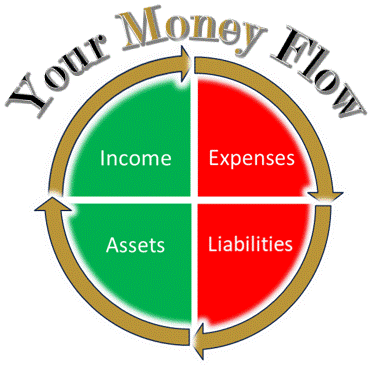
What is superannuation?
Superannuation is a retirement savings plan in Australia that provides a way for people to save money while they are working so that they can have a comfortable retirement. Employers are required to contribute a minimum of 11% of their employees’ pre-tax income to their super account, and employees can also add more money to their super account by choosing the option that works best for them. Superannuation is important because it provides a way for people to save for their retirement, and it is tax effective. When you retire, you can access your super account and use the money to fund your retirement.
What are the different types of superannuation funds?
There are several types of superannuation funds in Australia.
- Corporate funds: These funds are offered by companies such as Telstra and Qantas for their employees.
- Industry funds: These funds are run to benefit members of a particular industry, such as construction or hospitality.
- Retail funds: These funds are open to the general public and are run by financial institutions such as banks.
- Public sector funds: These funds are run for employees of federal or state government departments and agencies.
- Self-managed super funds (SMSFs): These funds are run by individuals and are regulated by the Australian Taxation Office (ATO).
Each type of fund has its own unique features and benefits.
How can you contribute to super?
There are two types of contributions that you can make to superannuation, Concessional and Non concessional.
Concessional contributions are made into a superannuation fund on a pre-tax basis. These contributions are taxed at a discounted rate of 15% and are generally capped at $27,500 per year. Concessional contributions include:
- employer super contributions,
- salary sacrifice contributions and
- personal concessional contributions.
Non-concessional contributions are made to superannuation from after-tax income or savings and are not further taxed. These contributions are not tax-deductible and do not count towards the concessional contribution cap. The non-concessional contribution cap is $110,000 per year, or $330,000 over three years if you are eligible for the bring-forward rule. Non-Concessional contributions include:
- personal after-tax contribution
It’s important to note that exceeding either the concessional or non-concessional cap will result in the excess amount being treated as an Excess Contribution and taxed accordingly.

